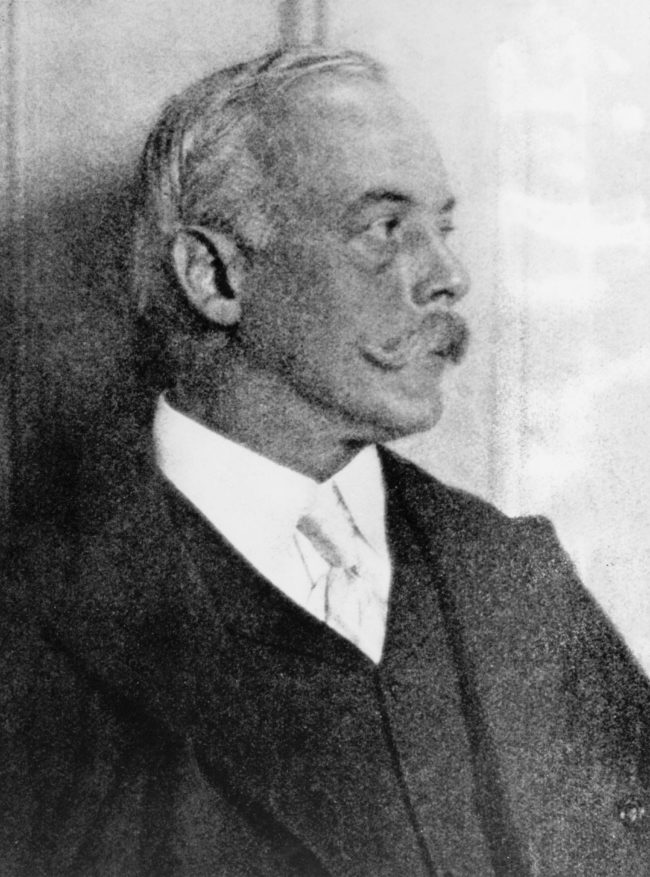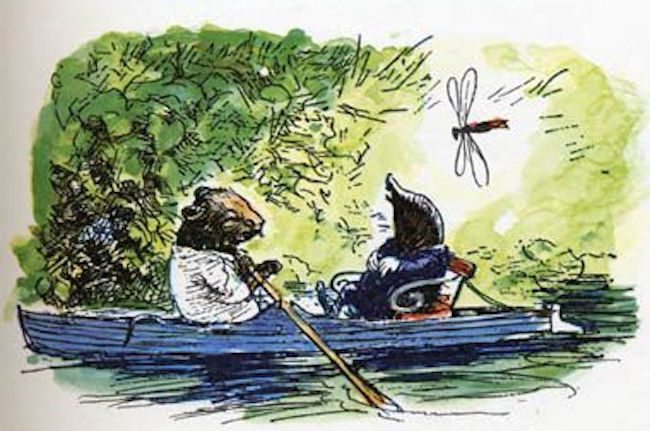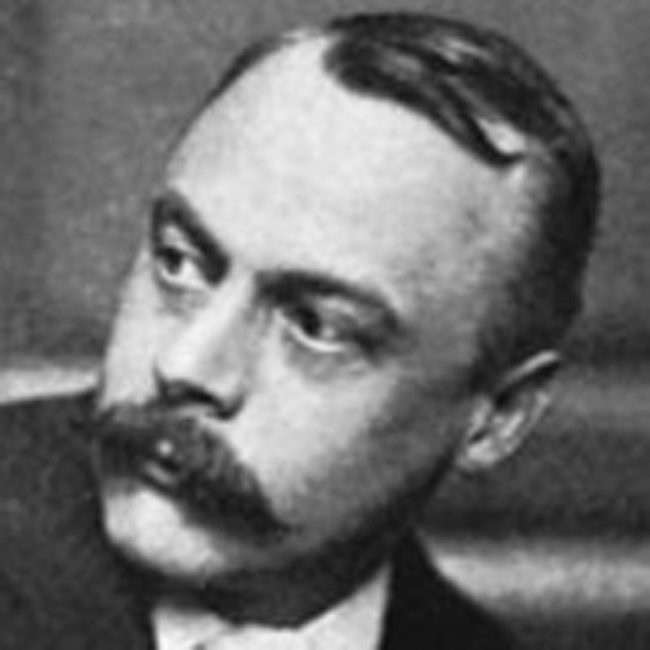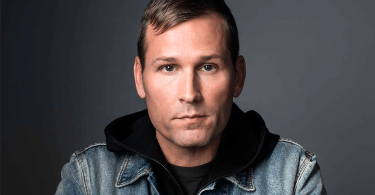A scholar has said that popular children’s story ‘The Wind in the Willows’ can be read “as a gay manifesto”.
The scholar, commenting on Kenneth Grahame’s work, said the book is not only complex and autobiographical but also subversive.
Peter Hunt, emeritus professor in English and children’s literature at Cardiff University said the book is actually about Grahame’s homosexuality.
Professor Hunt is publishing the book ‘The Making of the Wind in the Willows’ in March.
He said that there was evidence that Grahame was gay despite being married to a woman and having a child.
“It’s hiding in plain sight,” the professor said.
“You could read it as a gay manifesto,” he added.

Despite the professor’s claims, Grahame was married to a woman and died in 1932, over three decades before homosexuality was partially decriminalised in England and Wales.
Before becoming an author Grahame worked as a secretary at the Bank of England.
He left suddenly in 1908 due to an alleged dispute with Walter Cunliffe, the director of the bank, who many have suggested the character Toad is based on.
Writing at the time, a colleague of Grahame’s said that his leaving the bank “had nothing to do with ill health, but to his resentment of the bullying nature of [Cunliffe]”.

Professor Hunt suggests that the dispute may have been over Grahame’s sexual orientation and that Cunliffe knew and disapproved of him being gay.
Grahame shared a house in London with Walford Graham Robertson, a theatre set designer, and his wife and son lived in Cookham Dean in Berkshire.
The professor adds: “It fits in with his biography. It was an unhappy marriage and he went off quite a lot down to Fowey [in Cornwall], boating and fishing.”

Professor Hunt adds that Constance Smedley, a family friend who ended up marrying artist Maxwell Armfield, could be another connection to why Grahame might have been gay.
“It just strikes me that if you’ve got a woman who goes to see Kenneth Grahame and his wife and Kenneth is gay and she marries a gay man, then you can see some empathy going on.”
Describing his book, the professor says that it is “a story of maleness and male companionship”.







